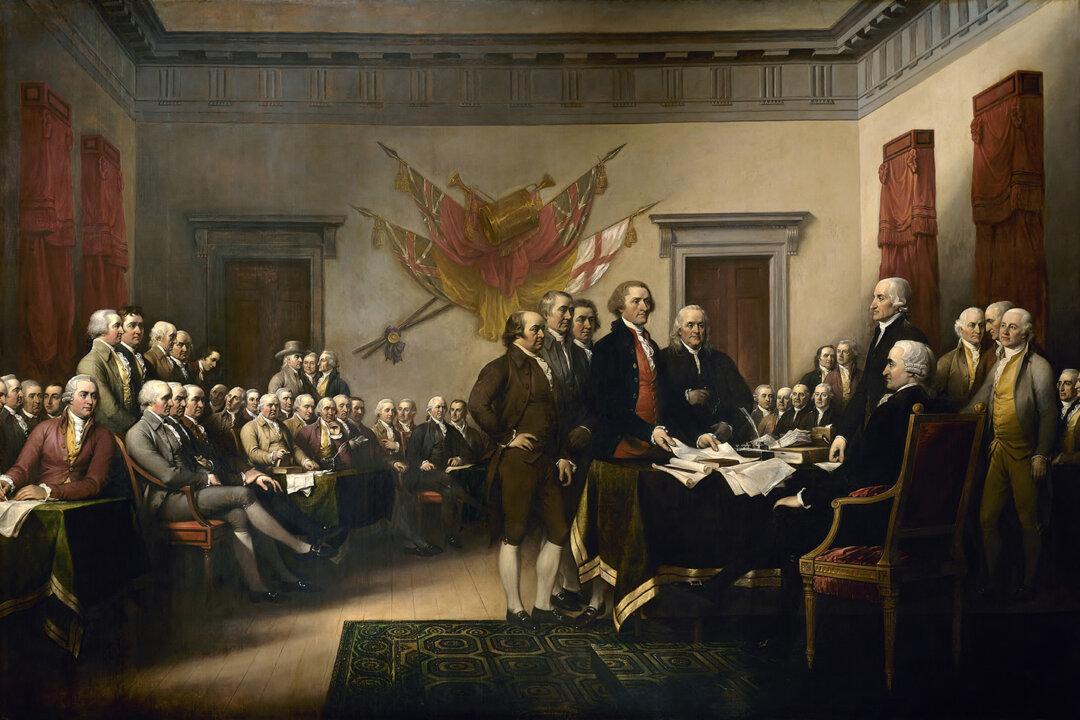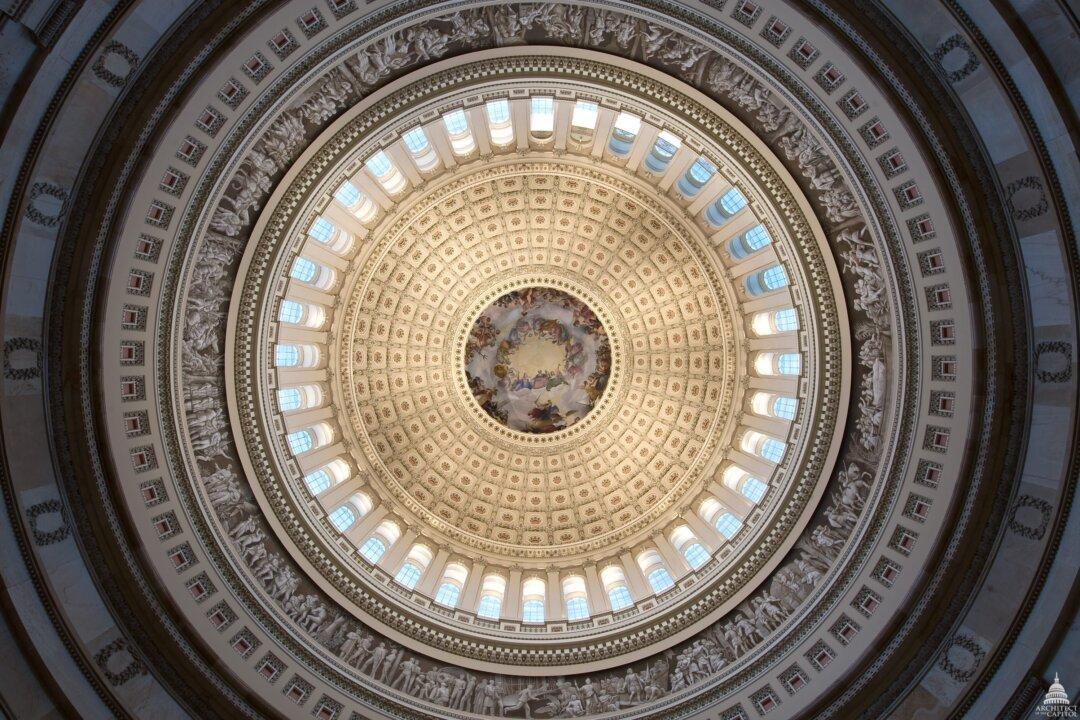July 4, 1776: The Declaration of Independence is signed, and the United States of America emerges as a free and independent country after years of conflict and turmoil. The birth of the American nation also heralded a new chapter in world history. These facts are rooted firmly in American history and inform our culture and very way of life.
John Trumbull (1756-1843), a venerated artist and soldier of the Revolutionary War, depicted pivotal moments from these early chapters of the country’s history, immortalizing our origin story in perpetuity. Four of his larger-than-life paintings hang in the Rotunda of the U.S. Capitol. He also painted George and Martha Washington and created iconic portraits of the Founding Fathers.





